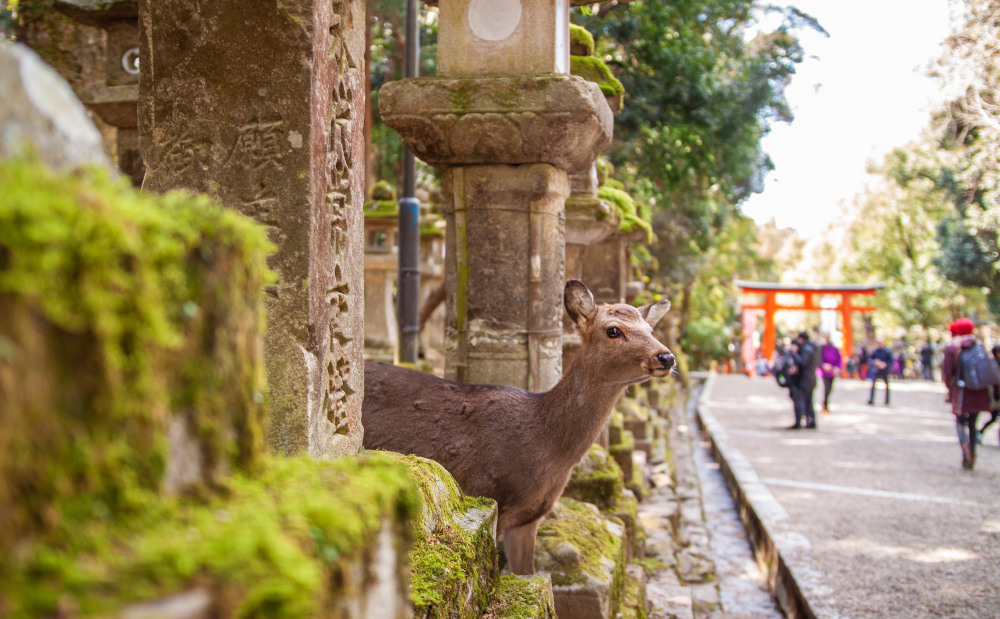For a thousand years the wild sika deer of Nara Park have been considered sacred in Japanese culture. Their status has protected them from hunting and isolated from other populations of wild sikas, which according to new research has preserved a rare ancestral population that’s genetically unique from other wild deer.
Nara Park’s sika deer are a rare example of human activity preserving wildlife populations, as typically what we get up to tends to harm animal rather than help them. The forests that surround religious shrines in Japan are typically no-hunting-zones, meaning they become a site of safety for wild species like Cervus nippon, the Japanese sika deer.
Considered a holy creature in Japan’s history, sika deer have featured in many myths and stories of old. Their significance in human culture has effectively established protected areas for the animals since ancient times, which got researchers wondering what effect this spiritual sanctuary might have had on their DNA.
“Legend has it that the sika deer in Nara Park had long been strictly protected as messengers of the gods,” said co-author Dr Toshihito Takagi in a statement from Fukushima University. “Today, these deer are one of the most popular tourist attractions in Japan. However, there has been little genetic research on the origin of these deer.”

The unique lineage of sika deer have made themselves right at home in the Kasuga Taisha Shrine. Image credit: Zuzana Habekova / Shutterstock.com
Armed with 294 muscle and blood samples, Takagi and colleagues conducted a genetic analysis and were able to identify three distinct genetic groups among deer sampled from 30 sites across the Kii Peninsula. These included an Eastern genetic group, a Western genetic group, and an isolated genetic group made up of deer living around the religious sanctuary of Kasuga Taisha Shrine.
It indicates that there’s a restricted flow of genes across the maternal lineage in this group, which could tie into the fact that females tend to stick to a habitat once they find one they like. This choosiness limits their chances of breeding with groups that are genetically very different, leading to these isolated groups exhibiting unique genetic lineages.
Their genotype data indicated that the religious sanctuary’s group diverged later than the others, coinciding with the establishment of the Kasuga Taisha Shrine. It’s possible, then, that their unique genetic variation has been preserved thanks to the accidental protected area in a way that wild populations further afield weren’t.
“Generally, Japanese sika deer populations have been negatively impacted by habitat fragmentation and regional extinction owing to human activities,” explained Takagi. “Our research shows that the religious protection helped rare ancestral populations of sika deer survive in Nara Park for more than 1,000 years, while the surrounding populations disappeared due to historical hunting and settlement.”
The findings are pivotal for the conservation of these animals, whose increasing population has made them a problem for agriculture and forestry. They’re also increasingly encountering populations that historically they’ve not come into contact with, which could see their unique lineage get lost in the mix.
On the topic of genetically unique fluffy things, did you know that Chernobyl’s dogs are now unlike any others in the world?
The study is published in the Journal of Mammology.
Source Link: Famous Sika Deer Represent Rare Ancestral Population That’s Survived For 1,000 Years